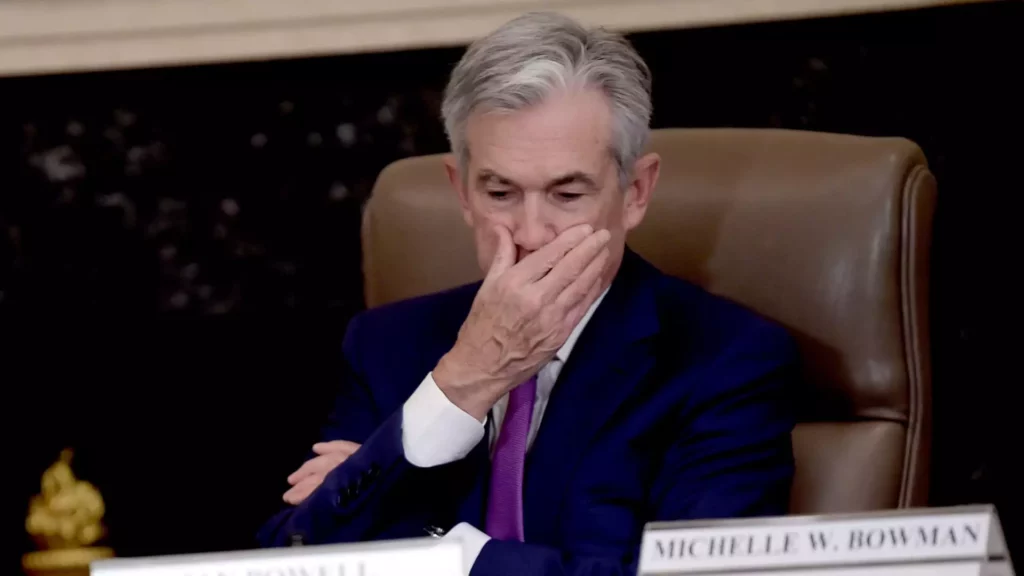![]()
In the world of economics, keeping a close eye on inflation is crucial for understanding market trends and making informed decisions. In recent times, the concept of supercore inflation has gained significant attention, especially after it accelerated to a 4.8% pace year-over-year in March, marking the highest level in 11 months. Supercore inflation goes beyond the standard core CPI measure by excluding not only volatile food and energy prices but also shelter and rent costs from its services reading. This more specific measure is believed to provide a clearer picture of underlying price trends by removing certain factors that may skew the data.
The Impact on Markets and Policy Decisions
The recent surge in supercore inflation has raised concerns among economists and market analysts. Tom Fitzpatrick, a managing director of global market insights, pointed out that annualizing the recent readings would result in a supercore inflation rate of over 8%, significantly higher than the Federal Reserve’s target of 2%. This unexpected spike in inflation has caused market volatility, with equities facing pressure and Treasury yields rising. Additionally, market traders have adjusted their expectations for the timing of the central bank’s rate cut in response to these inflationary pressures.
The Federal Reserve is facing a challenging environment, characterized by elevated inflation levels and complex macroeconomic dynamics. Fitzpatrick highlighted the difficulties in addressing inflation given the current backdrop of demand-driven price increases and robust stimulus payments that fueled consumer spending. The lingering effects of the pandemic, along with rising borrowing costs and a shrinking consumer savings rate, further complicate the Fed’s efforts to control inflation through traditional monetary policy tools. This mismatch between policy tools and inflation drivers poses a significant challenge for the central bank.
Looking ahead, economists and analysts are divided on the path the Federal Reserve will take in response to rising inflation. While some believe that inflation will naturally decrease over time, others argue that more aggressive policy measures may be necessary to bring inflation back to the target level. Stephen Stanley, chief economist at Santander U.S., emphasized the importance of monitoring key components of services inflation, particularly household necessities like insurance and property taxes. The decision to raise interest rates further remains a possibility, albeit with caution, as the Fed aims to strike a balance between controlling inflation and supporting economic growth.
The concept of supercore inflation provides valuable insights into the underlying price trends in the economy. The recent surge in supercore inflation has raised concerns among market participants and policymakers, highlighting the challenges faced by the Federal Reserve in managing inflationary pressures. As economic conditions evolve and inflation remains elevated, the central bank will need to carefully navigate its policy decisions to ensure price stability while supporting economic growth. The coming months will be critical in determining the effectiveness of the Fed’s strategies in addressing the current inflationary environment.

Leave a Reply